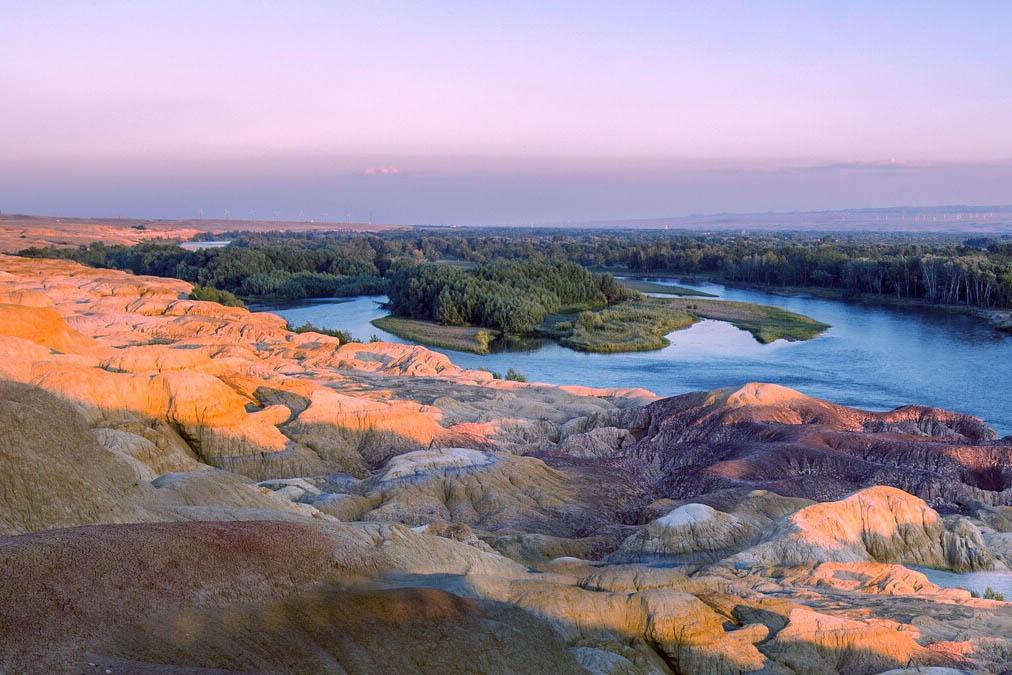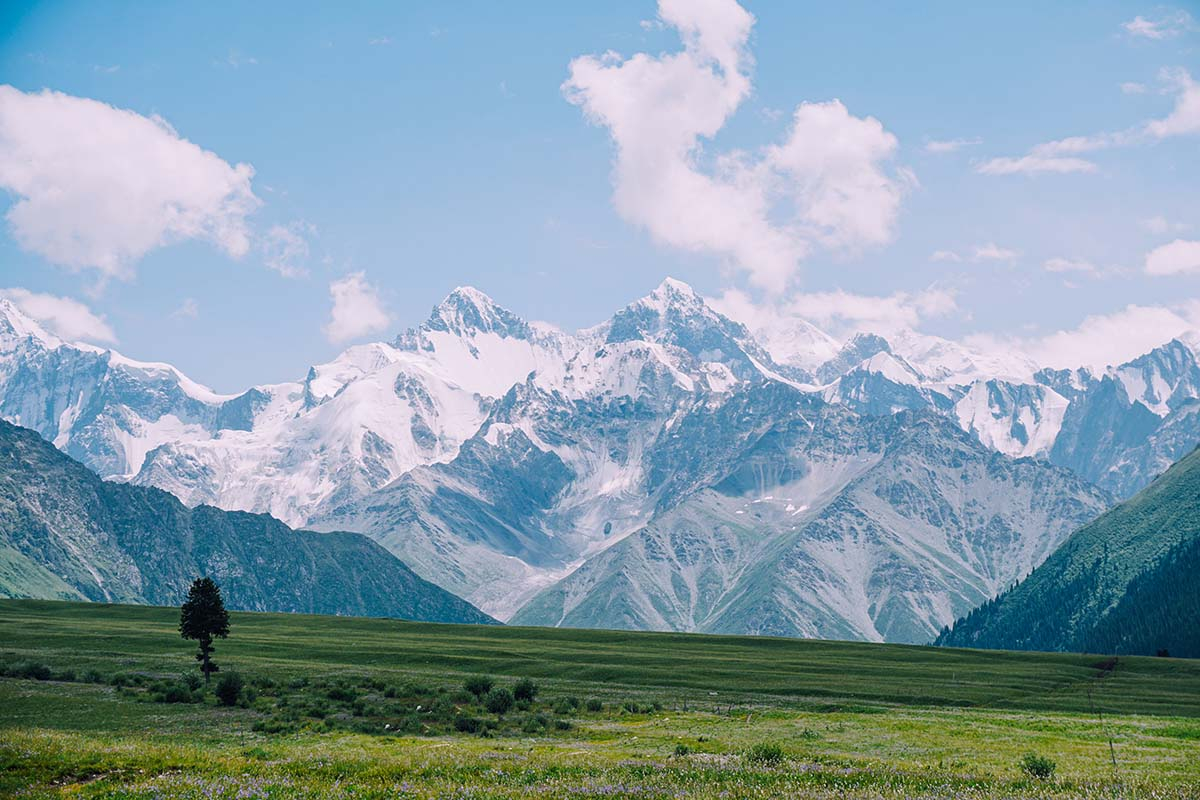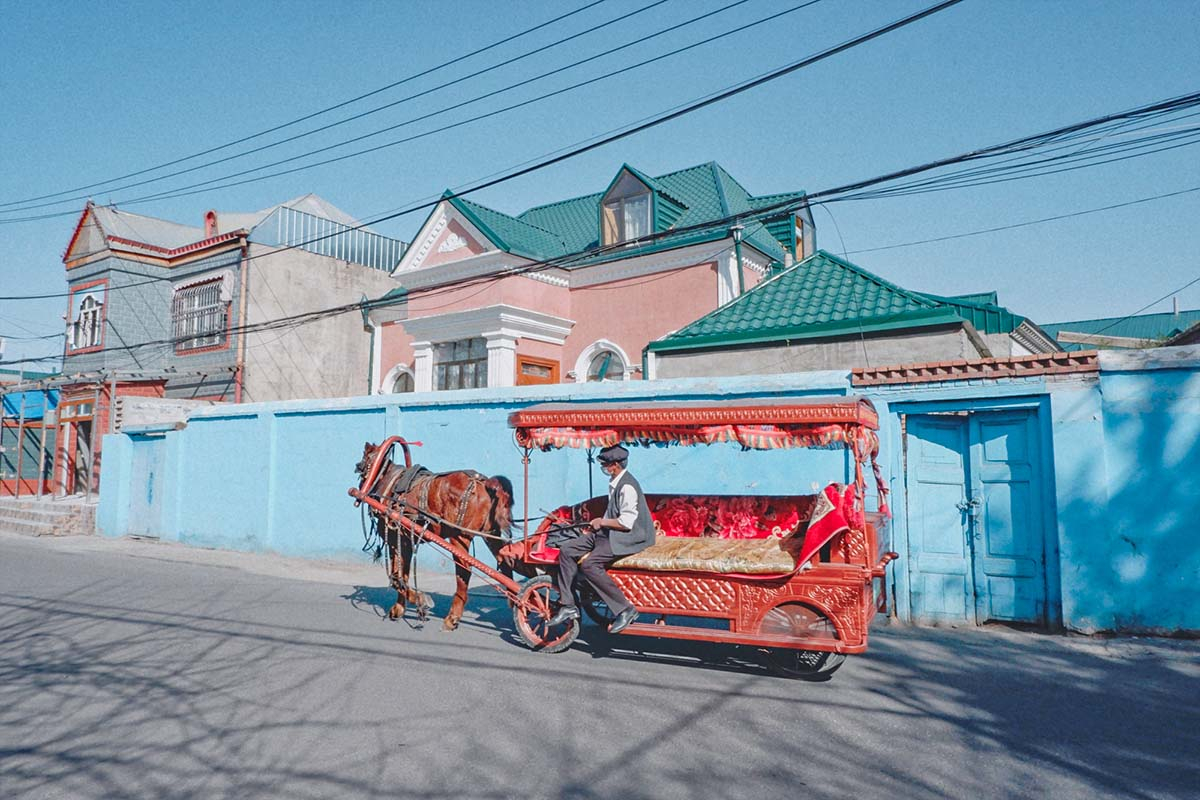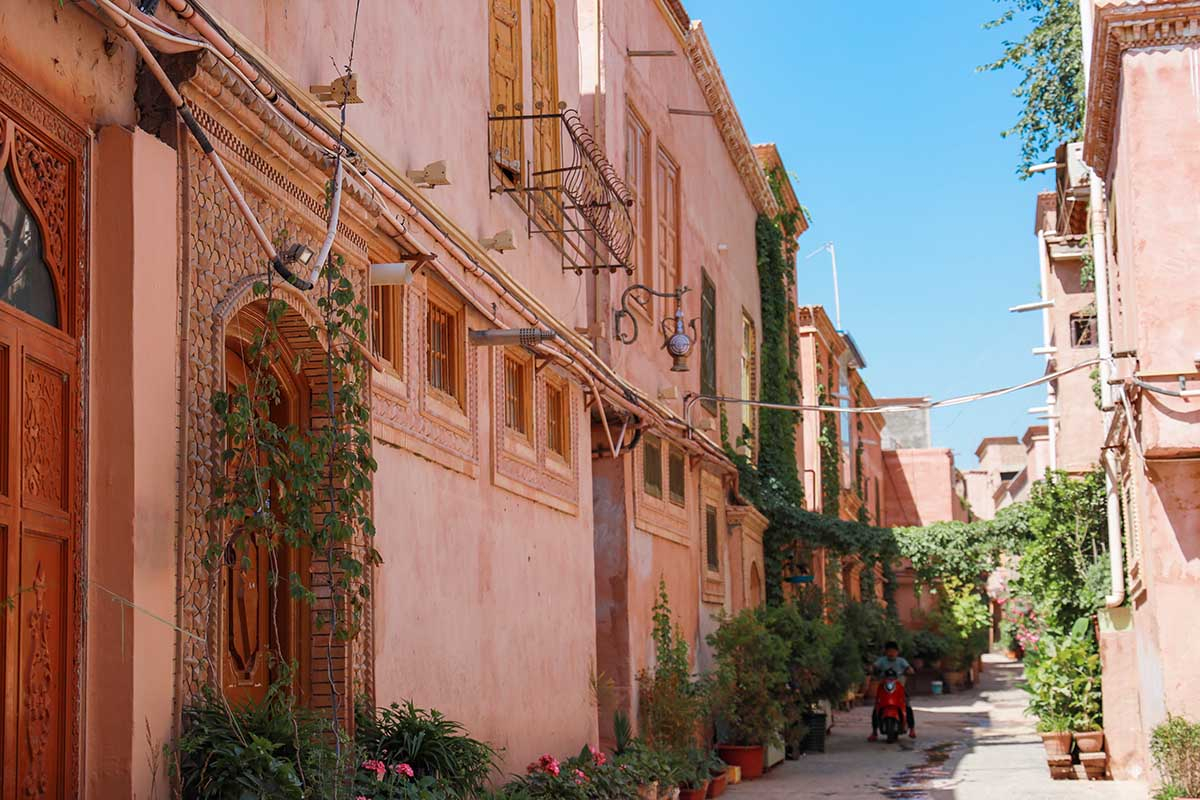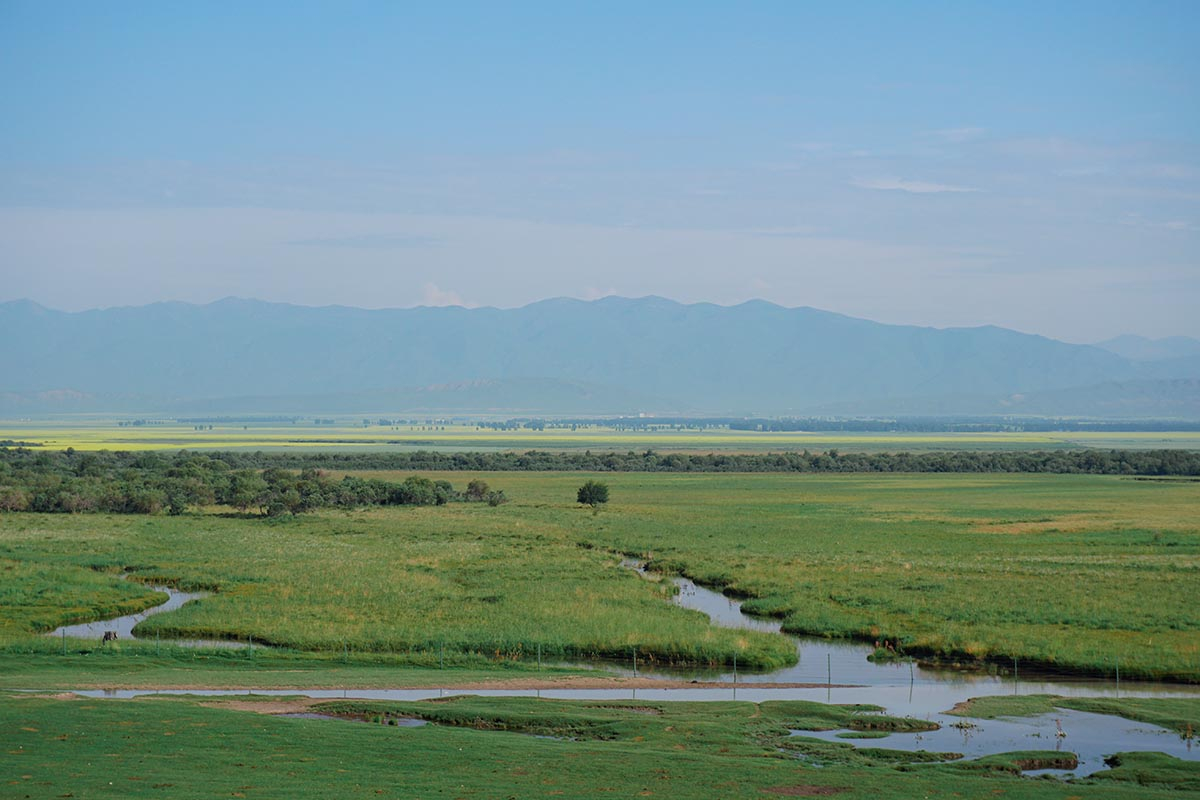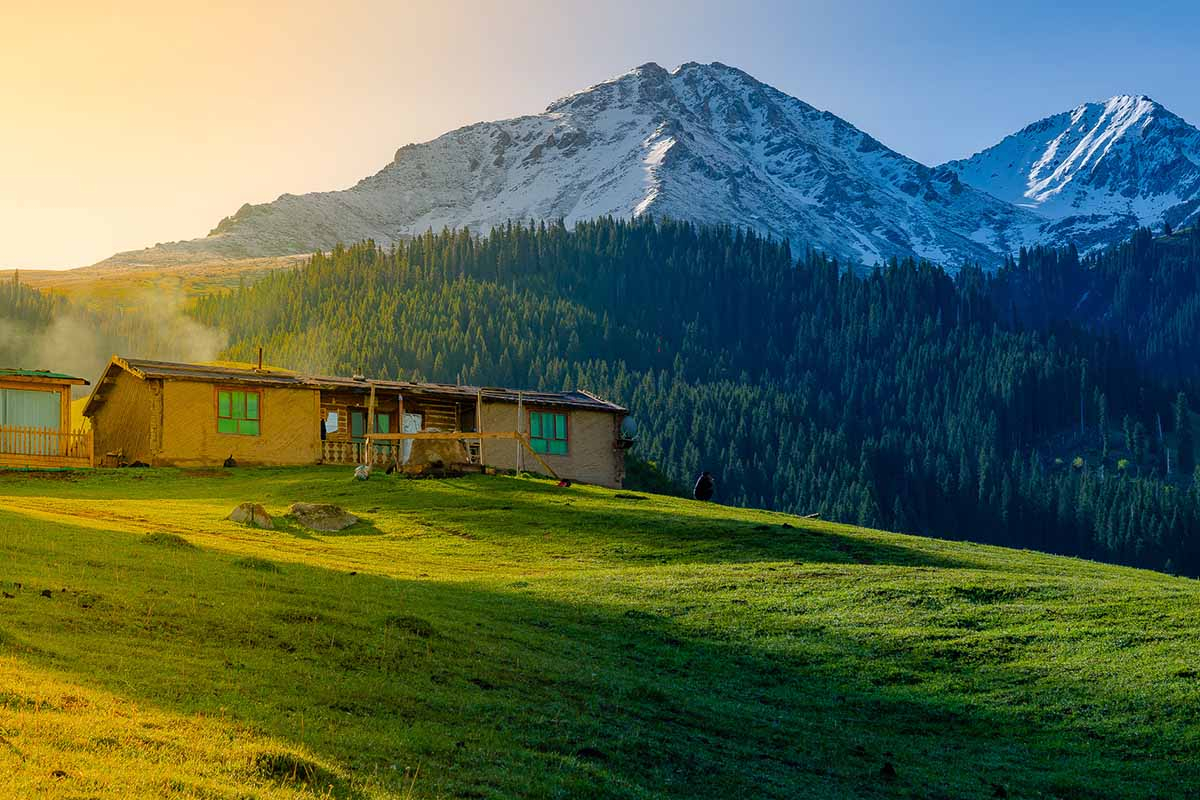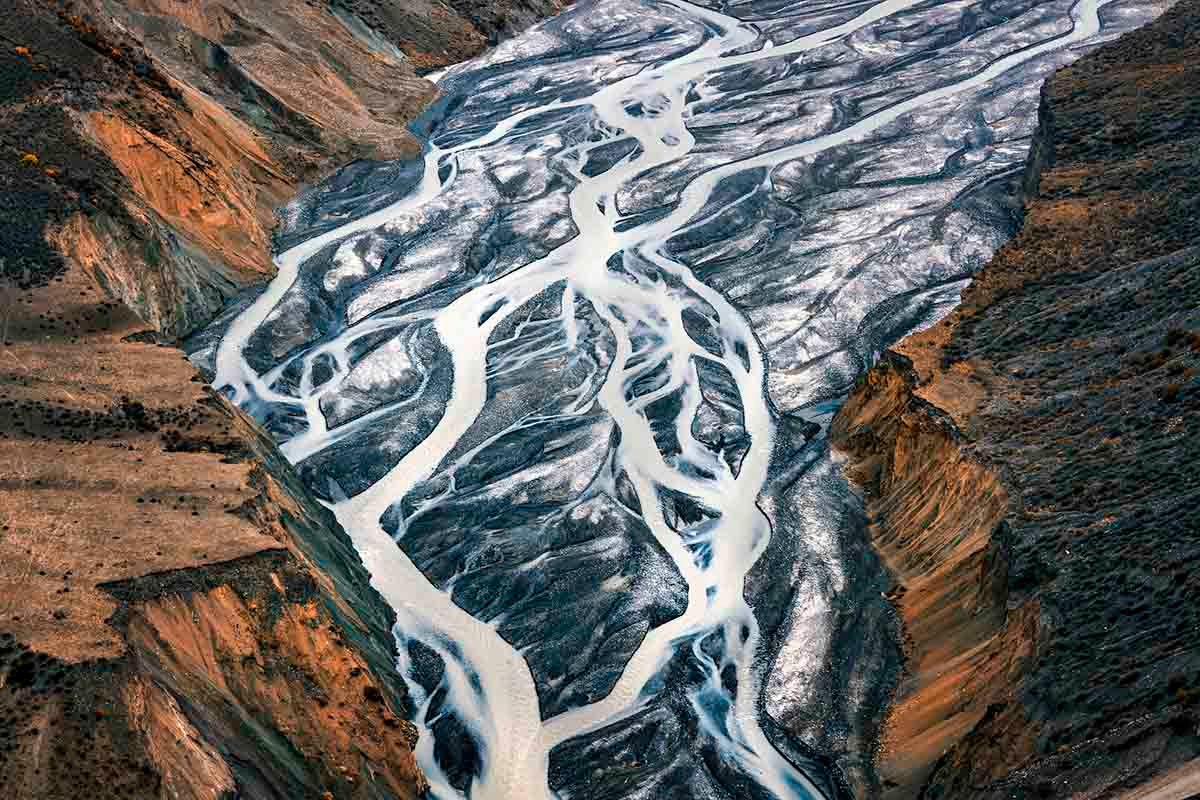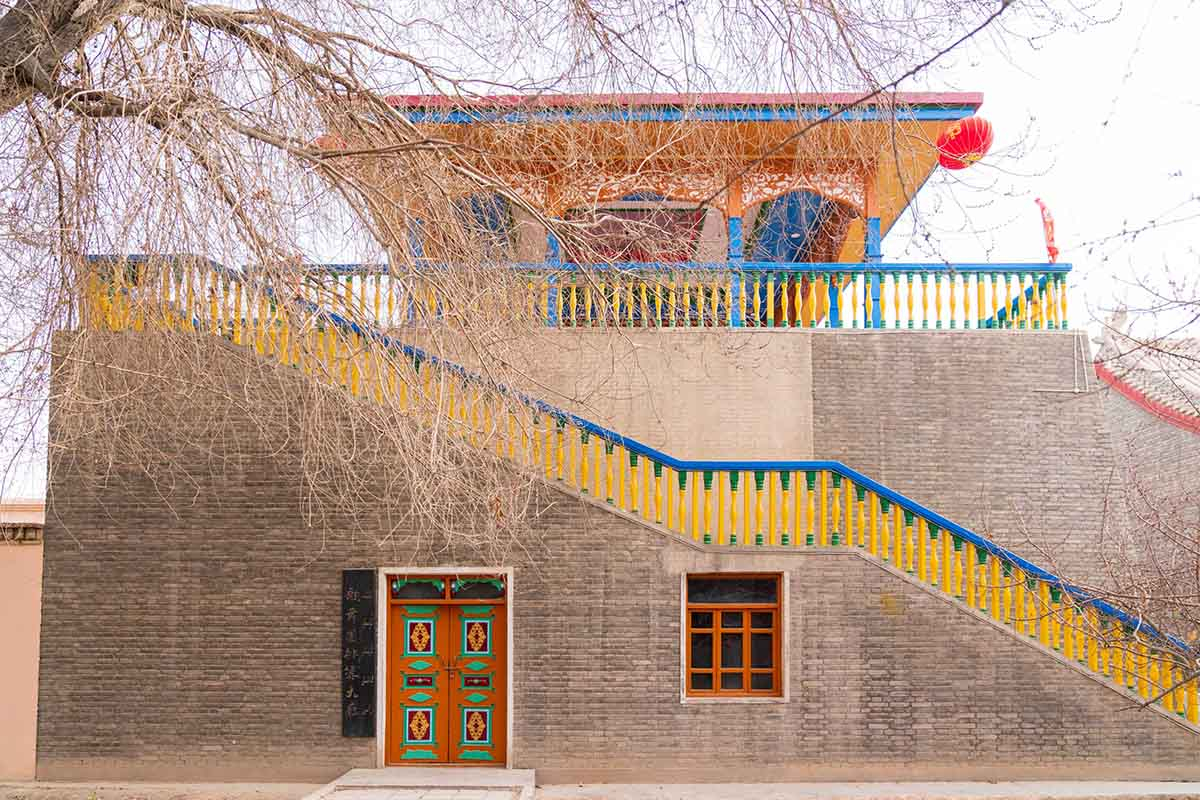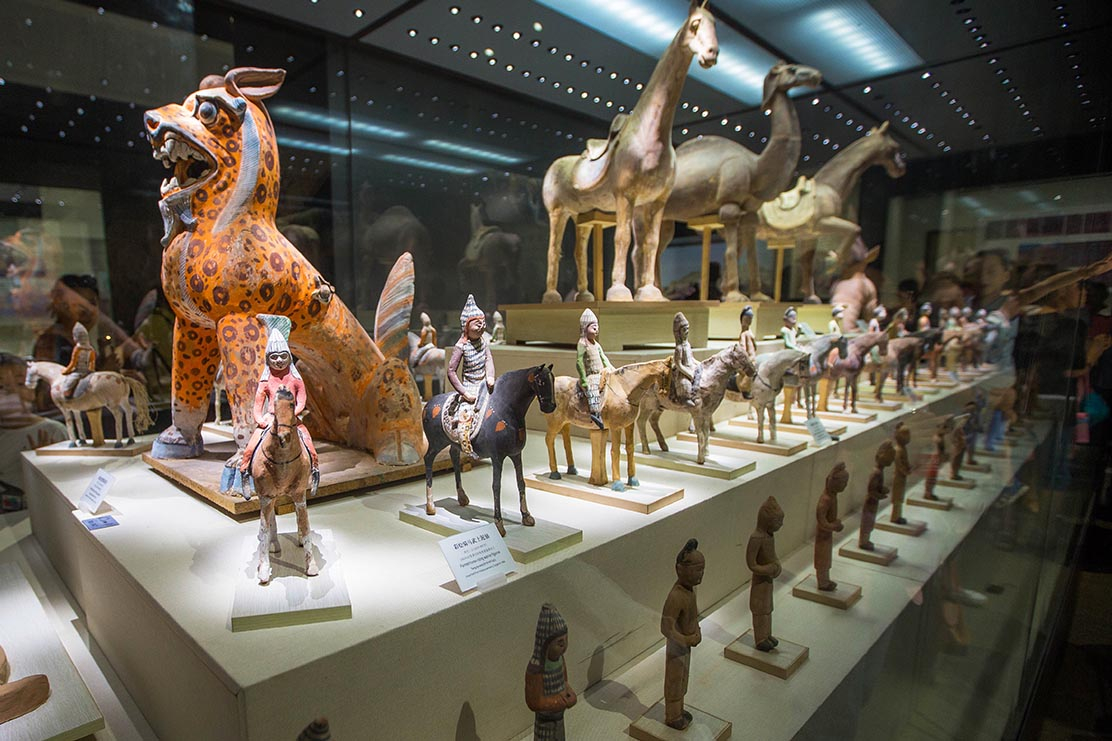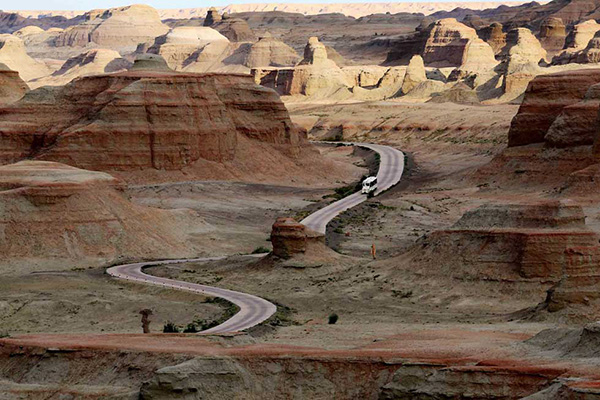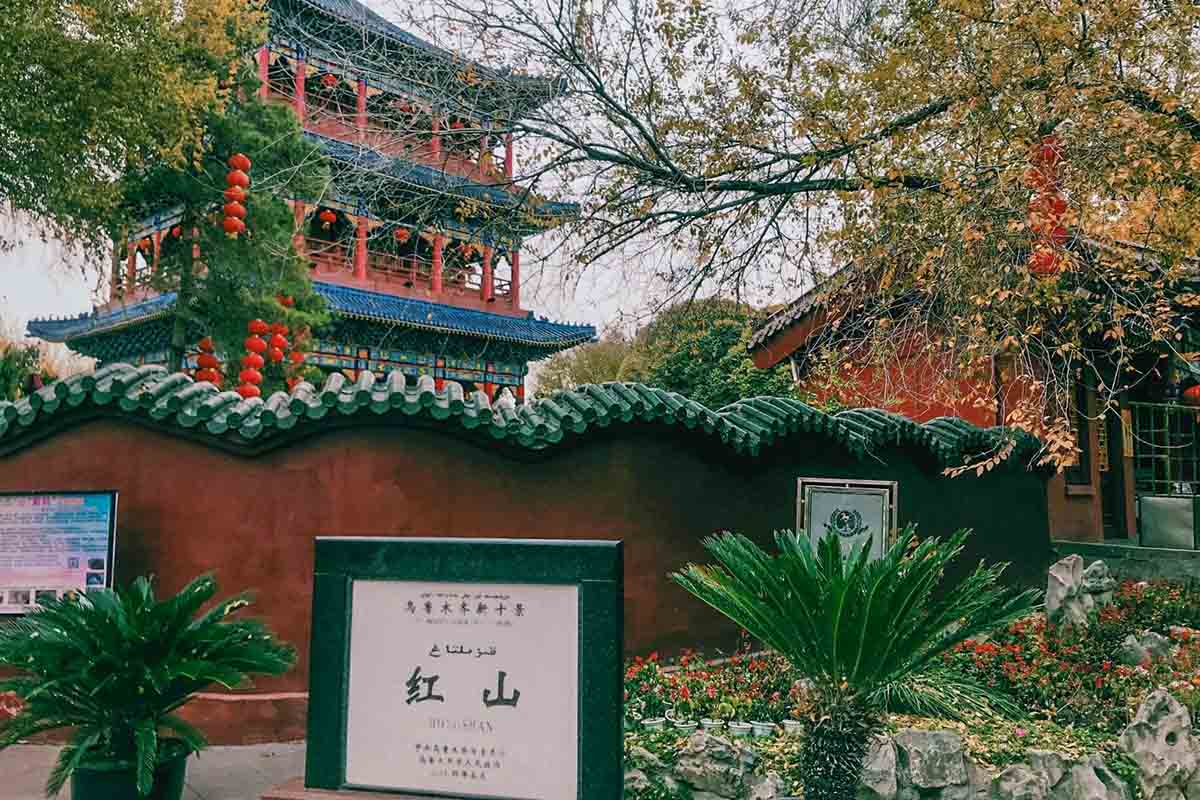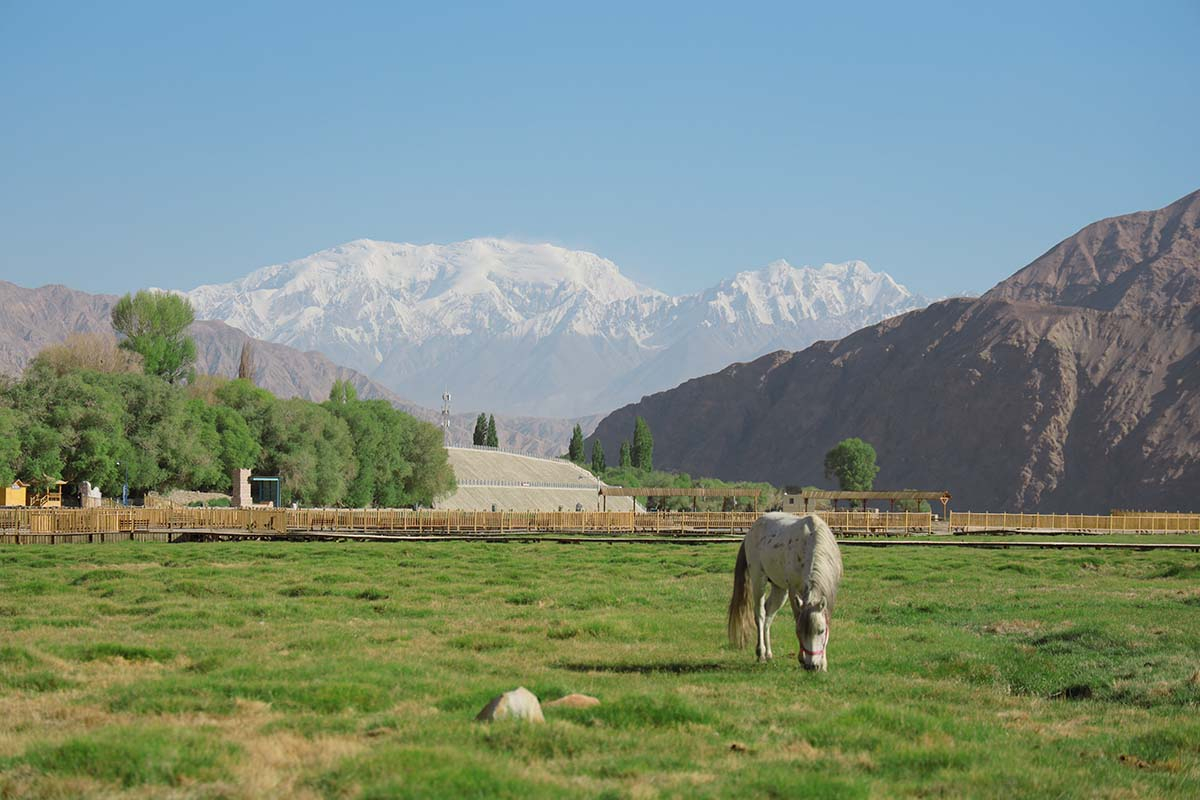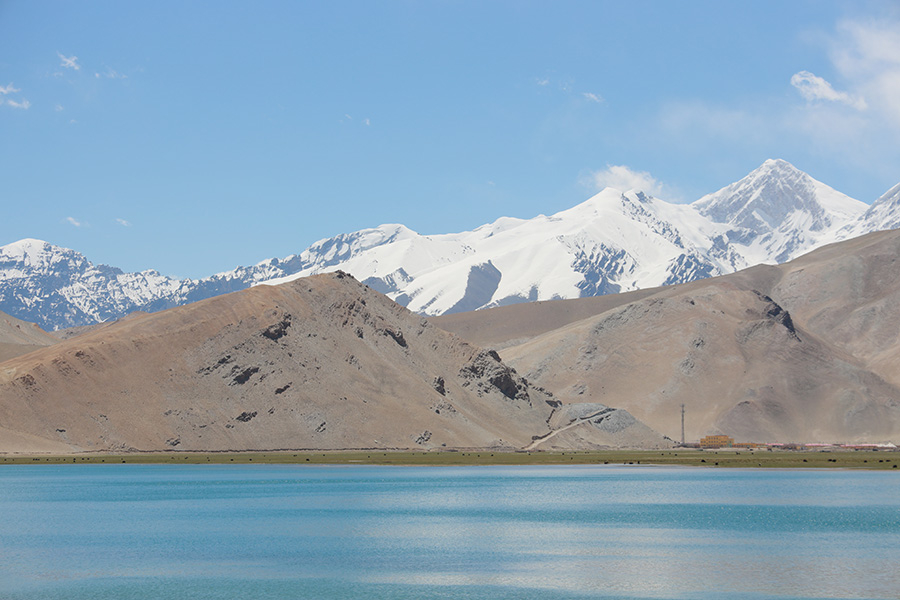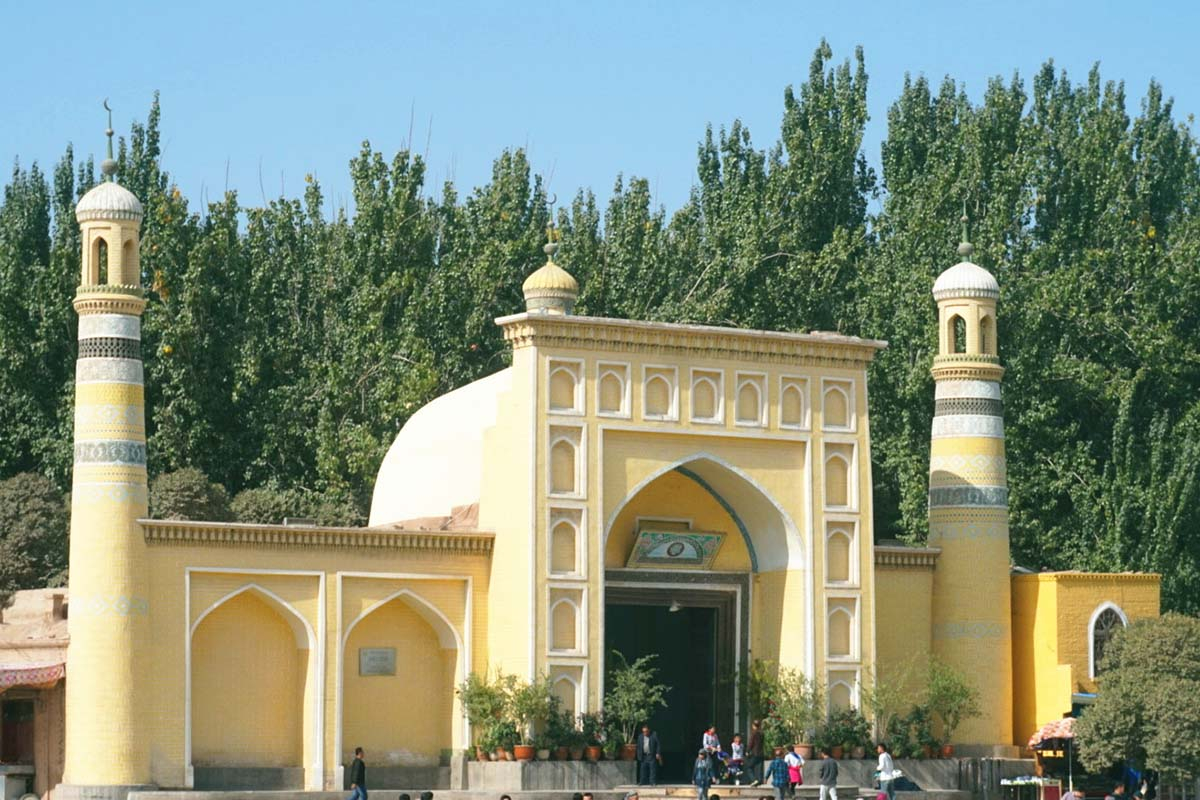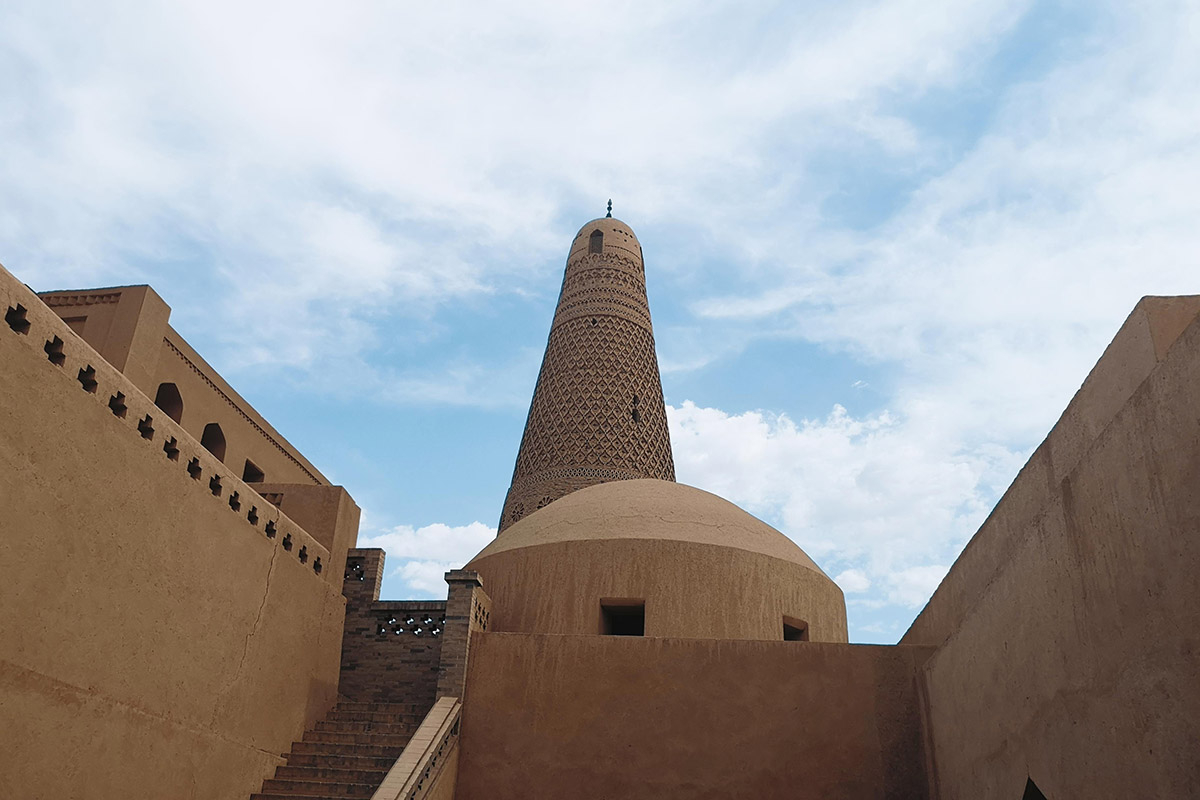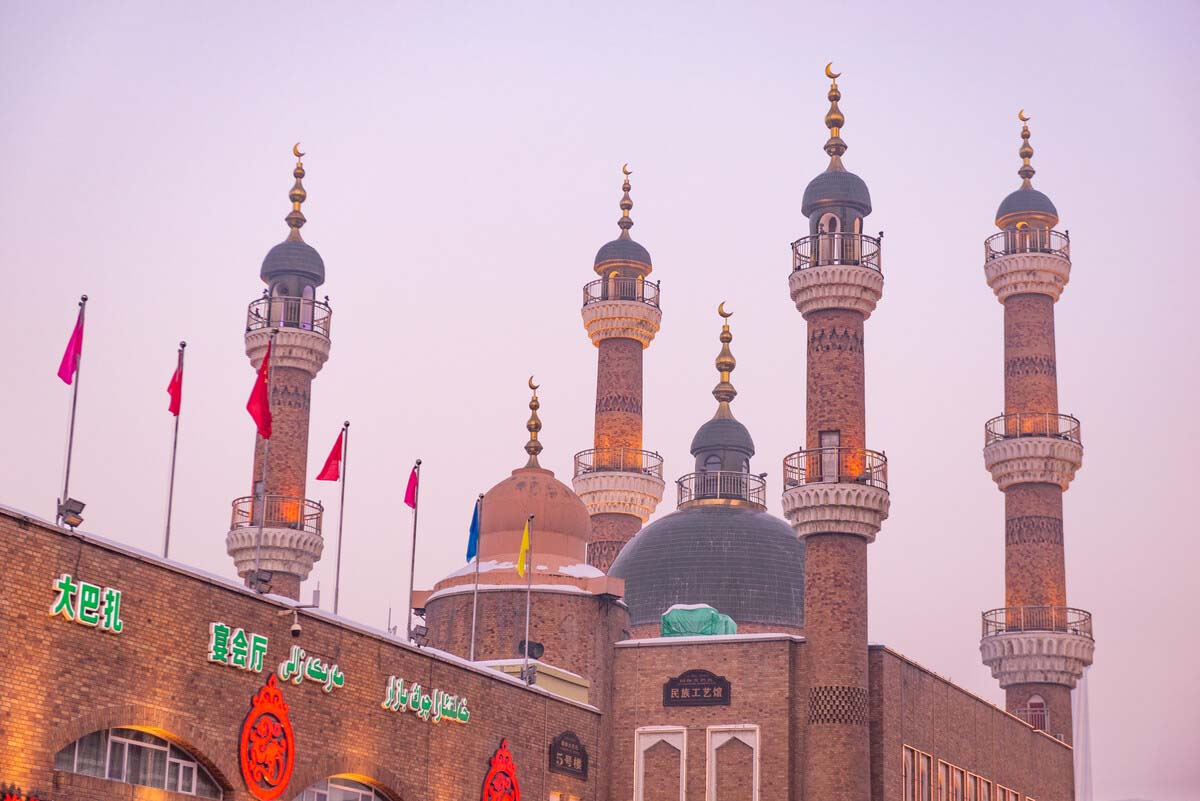Bezeklik Thousand Buddha Caves
Chinese name: 柏孜克尔克千佛洞(Bo Zi Ke Er Ke Qian Fo Dong)
Location: 45km East of Turpan, Xinjiang.
Ticket: Entrance ticket CNY20.00
Estimated tour time:1-3 hours
Recommended time to visit: May to Oct
Nearby attractions: Grape Gully, Karez Water System, Flaming Mountain, Sugong Pagoda, etc.
The Bizaklik Thousand-Buddha Caves, 48 kilometers northeast of the Turpan urban area, are located in the Flaming Mountains' Mutou Valley. They were called the Ningrong Grottoes in the Tang Dynasty. There are 77 numbered grottoes, about 40 of which still have murals in them.
The murals cover an area over 1,200 square meters in more than 40 caves. Beginning in the Southern and Northern Dynasties, the construction experienced Tang Dynasty, the Five Dynasties, Song and Yuan dynasties. The caves had been the Buddhist center of Gaochang.
The group of grottoes in Bizaklik has the most grottoes, most diversified architectural styles and the richest mural content in the Turpan area. The oldest grottoes were hewn in the period of Qushi Gaochang from the Tang Dynasty right up to the Yuan Dynasty in the thirteenth century. It was an important Buddhist gathering place. Its most prosperous period was under the reign of the Xizhou Huigu government, which was built the royal temple of the King of Huigu on this site. Most of the existing grottoes were extended or reconstructed during the Huigu period.
Even today, one can still see on the remaining Buddhist murals the features of the King and Queen of Huigu and people of different status, as well as scenes of the lives of ancient Uygur people. Inscriptions in the ancient Huigu, Chinese and Brahmi languages are valuable materials for research on the written languages and history of Xinjiang's various nationalities, and Uygur in particular.
The murals depicting "Buddhist disciples wailing in mourning" and "Bhikku wailing in mourning" on the back wall of the Grotto No.33 are rare artistic pieces which depict the inner feelings of the figures with vivid images and individual characteristics. The ancient instruments shown in the mural depicting "Female Dancers on Performance" in Grotto No.16 and the mural of "Transformation in the Hell" in Grotto No.17 are seldom seen in Buddhist grottoes in China.
- HOTEST
- RECOMMEND


